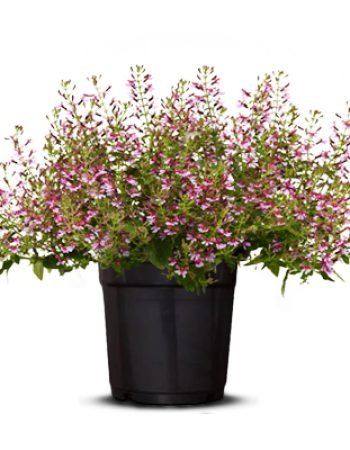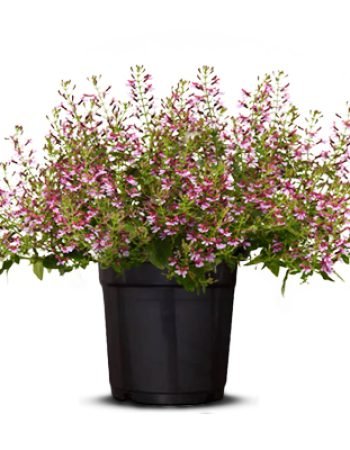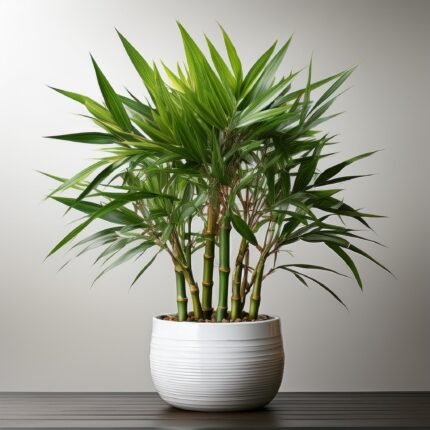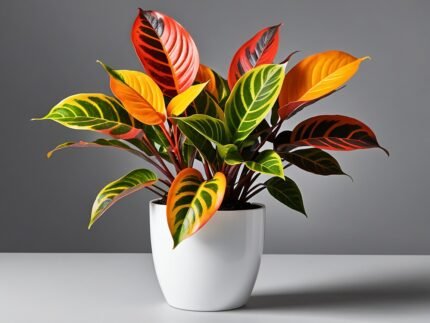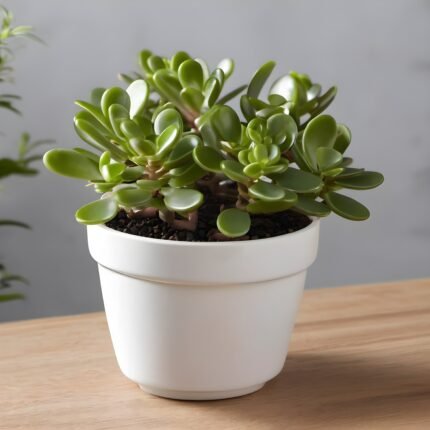Product Description:
Parodia leninghausii is appreciated because of the long harmless golden spines. The young plants are globular, then columnar up to 3.3 feet (1 m) tall, up to 5 inches (12 cm) in diameter and about 30 ribs. Old plants cluster from the base. Flowers are yellow, up to 2 inches (5 cm) in diameter, at the top of the plants, but only if adult (at least 8 inches/20 cm tall). If you can grow cacti and succulents successfully, you can likely grow the popular Parodia without too much trouble. It’s key to remember, however, that Parodia don’t like direct sunlight and are accustomed to more even water than many other cacti species. It’s imperative that the cactus is not exposed to prolonged dampness and sitting water. Never let your cactus sit in a dish of water. To encourage better flowering, allow the plants to enjoy a cooling period in the winter and dramatically cut back watering.
Sunlight:
Indoors keep the cactus in a south or west facing window for optimal light exposure. Parodia cactus needs shelter for the exposure to full sun during the hot afternoon sun. Direct morning sun is optimal for Parodia.
Soil:
Plants need a mix of rich, fast-draining soil to allow it to thrive. Use a combination of sand, chalk, and loam to provide the cactus with all the necessary nutrients.
Water:
During spring and summer time, regulate the watering and make sure you water intermittently to keep the soil moist. When the temperature drops in the winter months, cut back the watering frequency.
Fertilizer:
As for feeding, the Parodia cactus enjoys a rich fertilizer during the growing season. During the summer and springtime, use a balanced cactus fertilizer mix once a month to feed the plants.
Temperature:
The temperatures can drop as low as 35° degrees Fahrenheit without harming the plant. However, they are best grown indoors when the temperature drops below 50° degrees Fahrenheit.
Repotting:
Repot as needed, preferably during the warm season. To repot a cacti, make sure the soil is dry before repotting, then gently remove the pot. Knock away the old soil from the roots, making sure to remove any rotted or dead roots in the process. Treat any cuts with a fungicide. Place the plant in its new pot and backfill with potting soil, spreading the roots out as you repot. Leave the plant dry for a week or so, then begin to water lightly to reduce the risk of root rot.
Propagating Parodia Cactus:
Ball cacti can be propagated easily from offsets, which readily form in clusters around the base of the mother plant. Do not repot in the winter because the cold temperatures, even indoors, can shock the roots. To propagate, follow these steps:
- Carefully remove an offset and allow the cut section to dry on a paper towel for a few days.
- Depending on the size of the cut area, a callous will form over the cut surface.
- Once the callous has formed, place the new plant in a pot with a cactus or succulent soil mixture and keep it in a warm place until new roots emerge.
- Once the cactus is established, repot it into a regular-sized container.




